Notes from the Morder
2018
Installation. Gypsum, coal, table.

Installation view Notes from the Morder.
2018.
Treize Gallery, Paris.
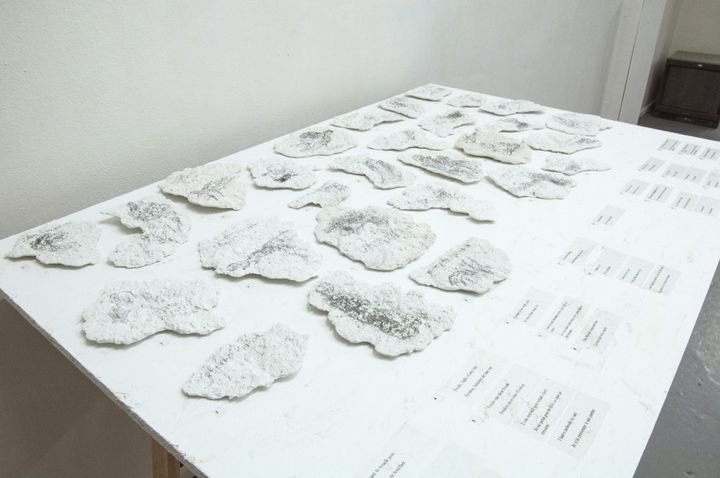
Installation view Notes from the Morder.
2018.
Treize Gallery, Paris.
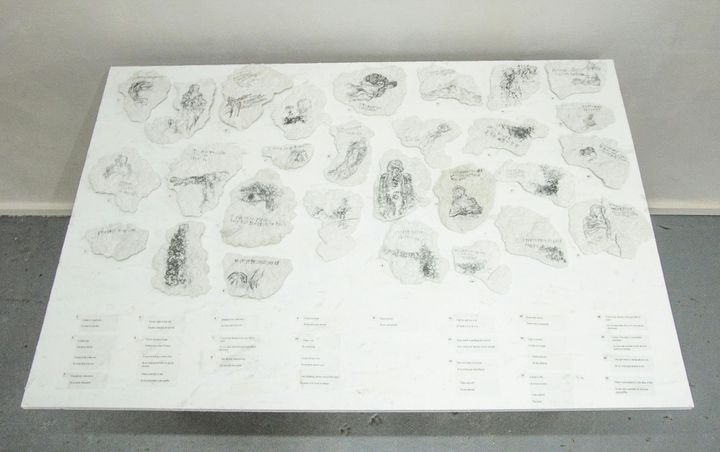
Installation view Notes from the Morder.
2018.
Treize Gallery, Paris.
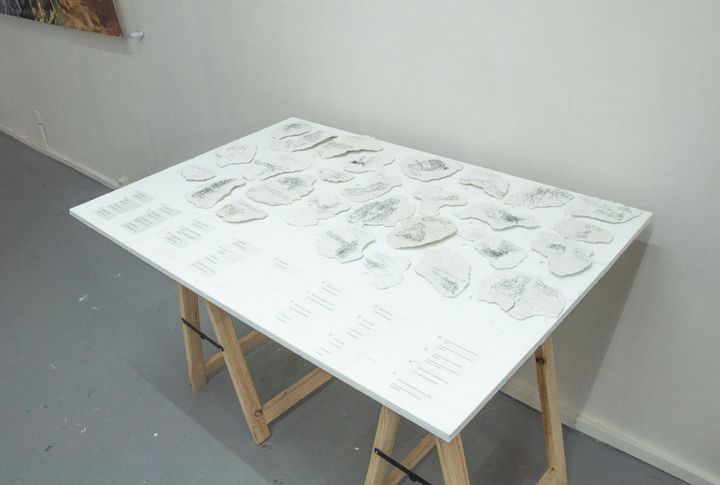
Installation view Notes from the Morder.
2018.
Treize Gallery, Paris.
Notes from the Morder
The story that you are about to learn, dear reader, is not a heroic saga, it does not tell you about the journey, the ring and brave victories. It happened far from those places where small hobbits live their peaceful life.
In the deep caves of Mordor, this story opened to us. Its hero is an orc. Unfortunate and lonely, he was not like his fellow tribesmen. The reader, I think, is fully aware of the rough and aggressive nature of the orcs, their hideous appearance, and frightening morals. Our hero also knew it all, but there was something that distinguished this orc from all the rest, he was in love. He passionately loved one who was his sworn enemy, he loved a hobbit named Frodo.
This was his secret and his curse, in this, he could not admit to anyone and this tore it from the inside out. It's hard to believe that this could actually happen, but all the evidence indicates that our hero was involved in complex and ambiguousfeelings for Frodo.
He saw Frodo once, maybe twice, but this fatal look was enough to forever change the life of the orc. Since that moment, passion, obsession and all those feelings that he never dared to call love pursued him persistently, bringing our hero from desire to frenzy, from passion to despair. These experiences could be seen by an attentive viewer in the materials we collected.
We probably would never have known this story, had it not been for the little notes, which our hero left in the depths of the Mordor cave. It is likely that the burden of passion, which he wore, was so full of him and he was so eager to share it, that risking he left these notes on the walls of the cave.
Projects
- Unfinished project
- Shaving of the Christ
- Slowly Aging Children
- On the tip of the tongue
- In the Valley
- Suburbia
- Karate poetry
- My space 2.0
- My green crocodile
- Preparation of the transformer-bride
- Tell me, O Muse...
- Dasia's fairy tales
- Notes from the Morder
- Phonatory bands
- Pets
- My space
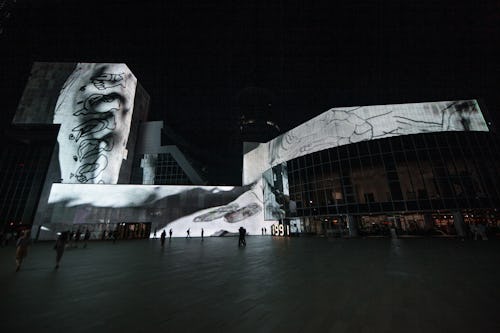
Q. What are the relationships and parallels between Russia at the beginning of the 20th century and now?
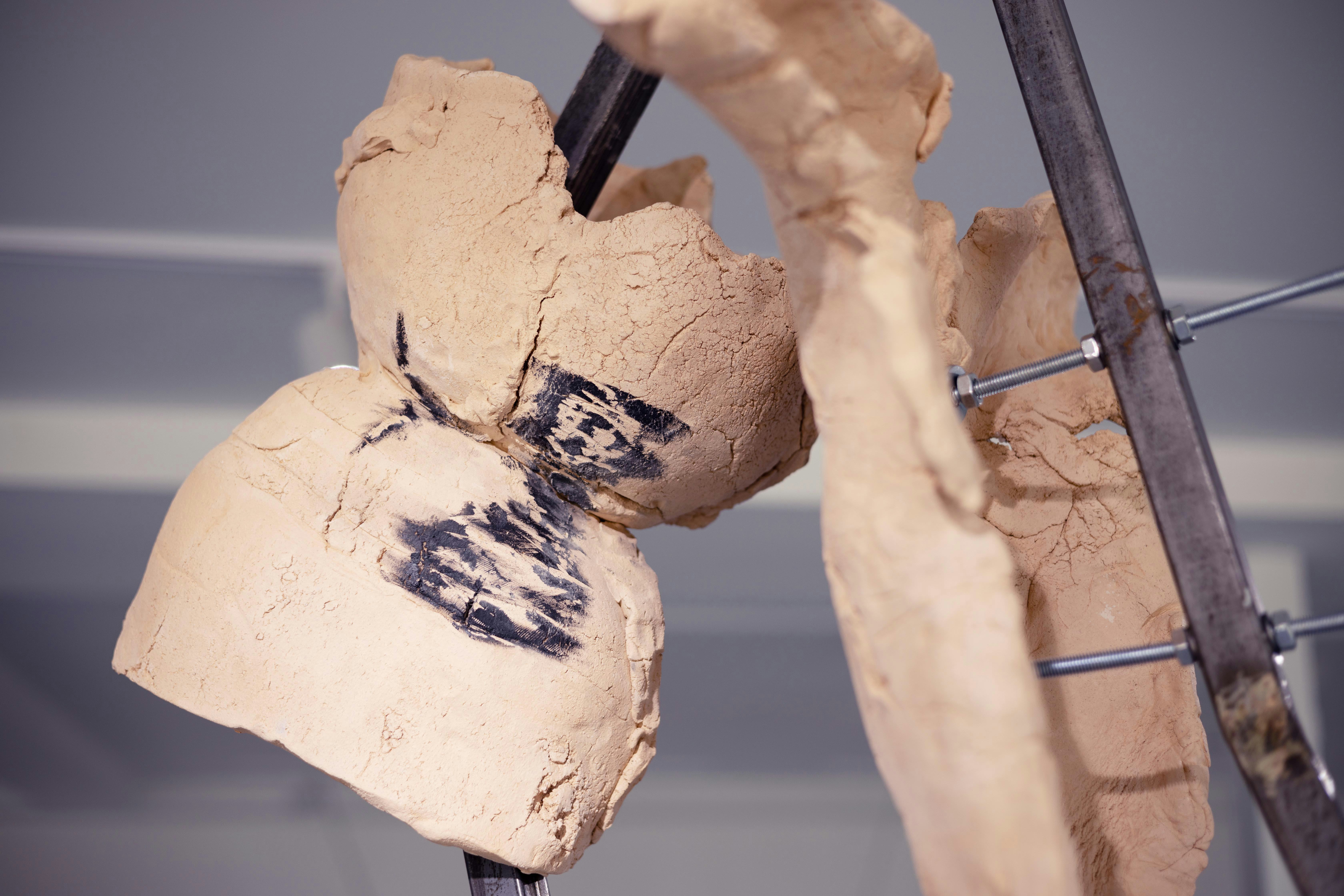

Q. How fantasy can be used to create alternative realities to escape propaganda and control.
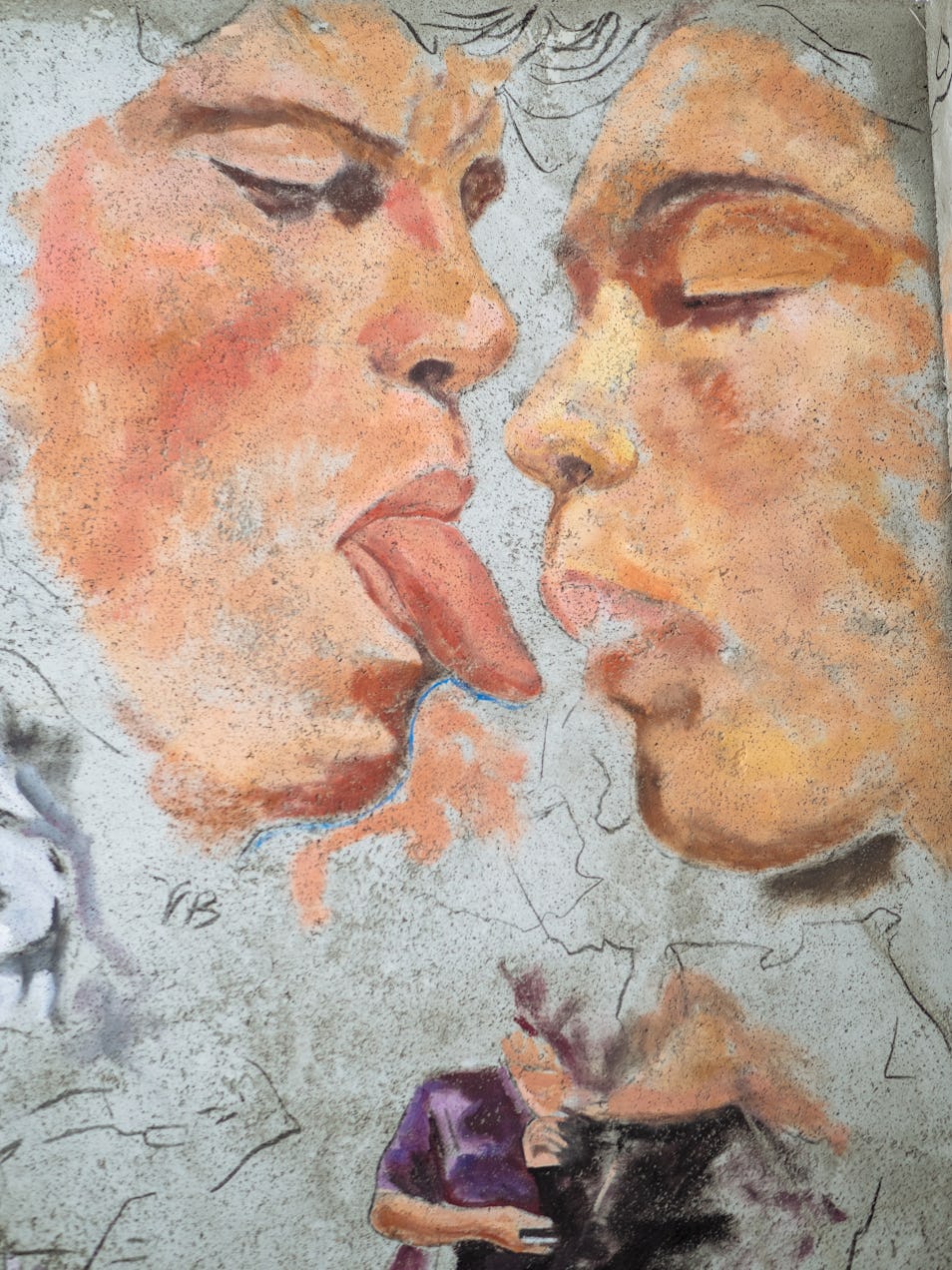
Q. What is love?
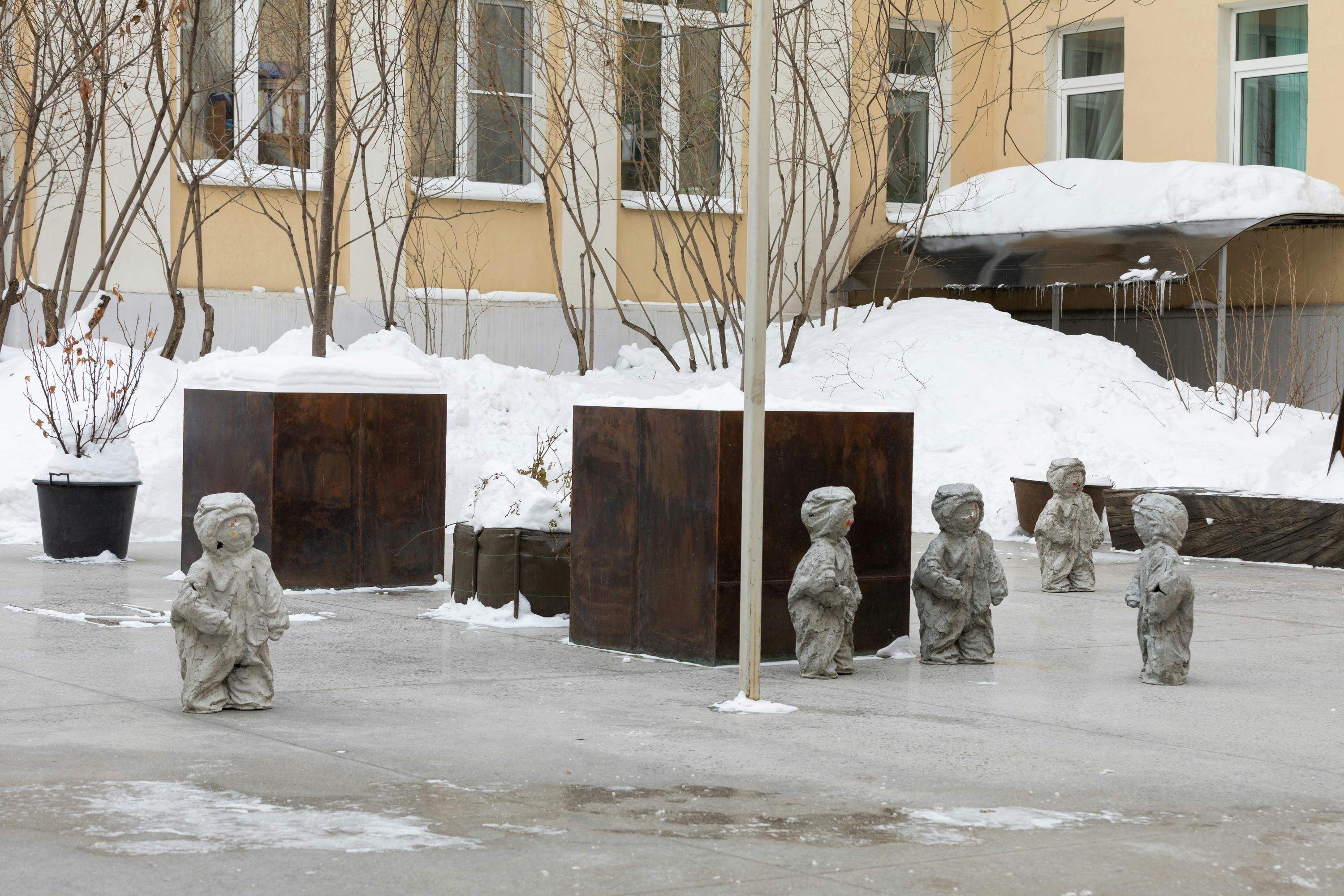
Q. How have our relationships with others been transformed in a technologized world?
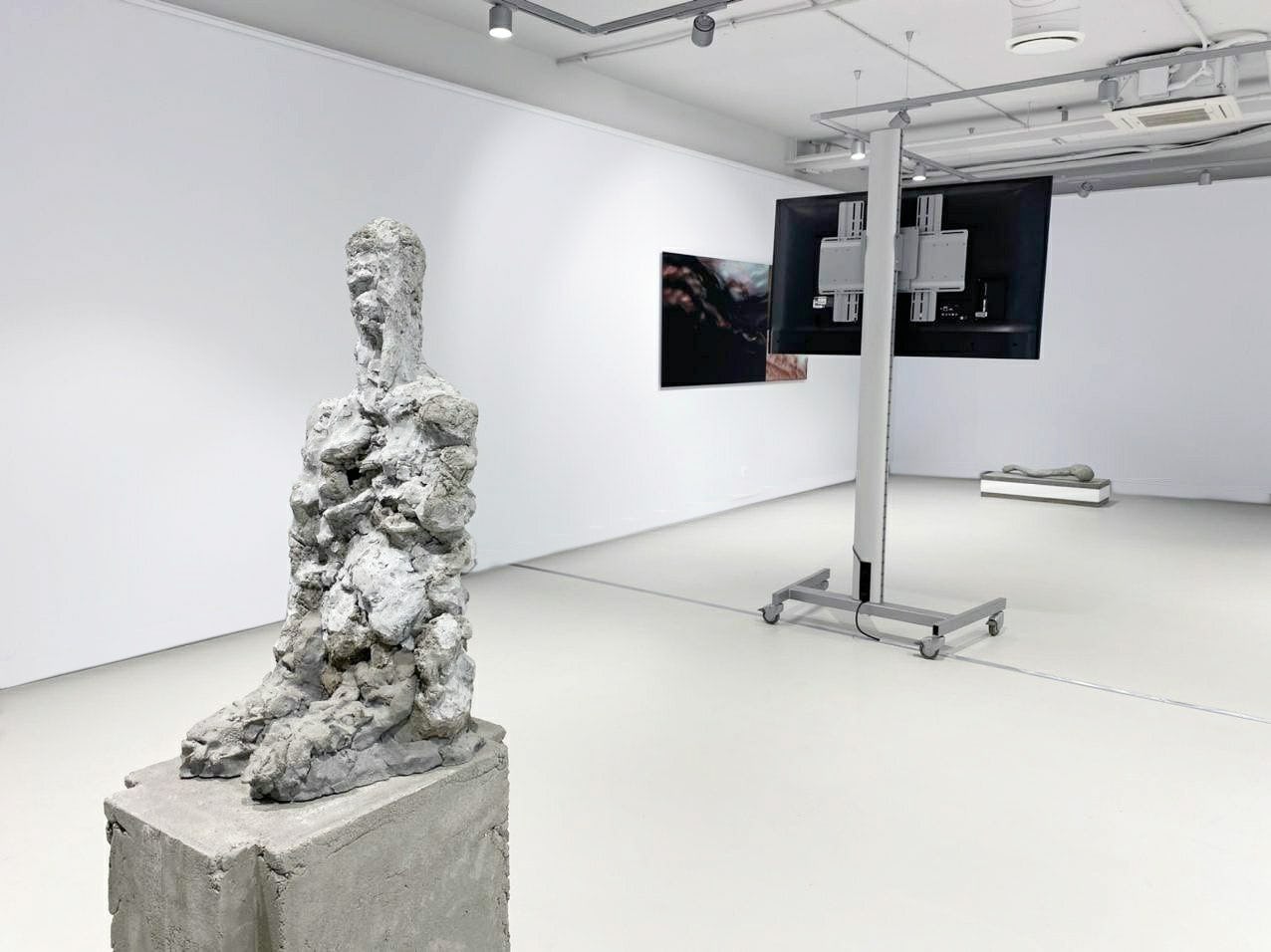
Q. How does one capture and experience existential soullessness of Russia high-rise suburbs?

Q. What is the character of the social network languages, particularly with the migration of images from scrins to reality and back?
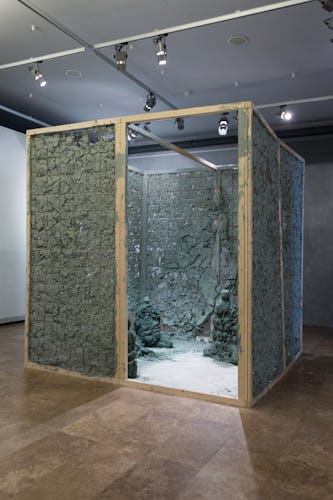
Q. How can the anxiety of the modern world be expressed?
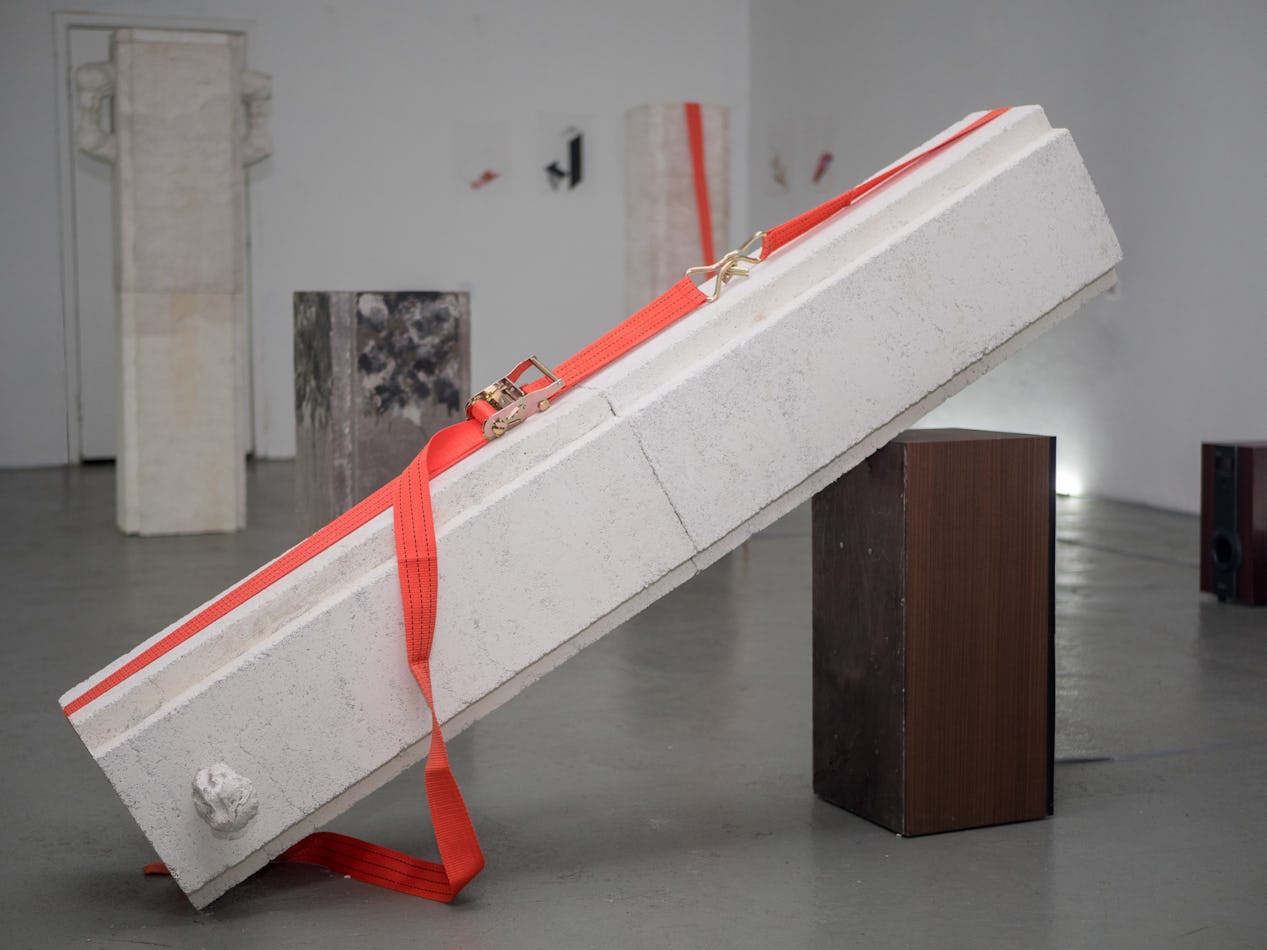
Q. How does one capture the estrangement of the inhabitants of Russia’s marginal districts?

Q. Why do humans have conflicted notions about privacy and openness, and a need and desire for individuality?

Q. How does the media use hatred and scandal for profit?
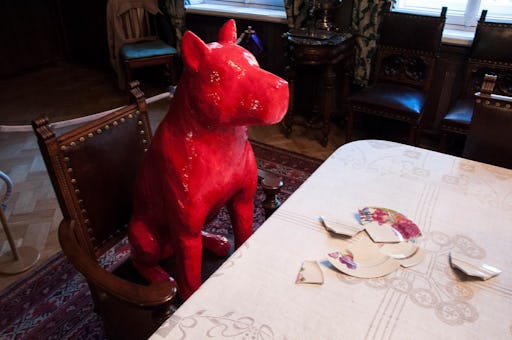
Q. What was the complex relationship between Fyodor Chaliapin’s and his daughter, Dasia?

Q. How does fantasy create images of desire?
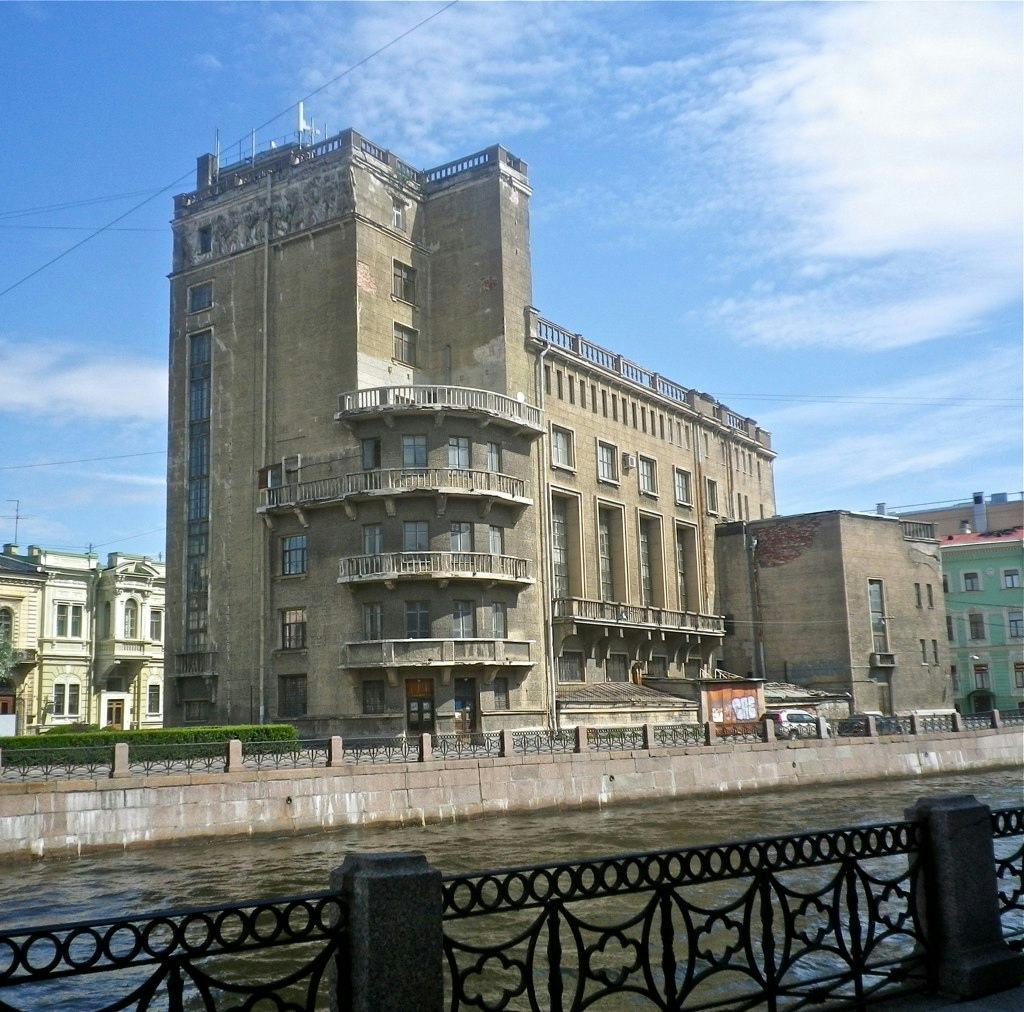
Q. How does something out of the ordinary become habitual?
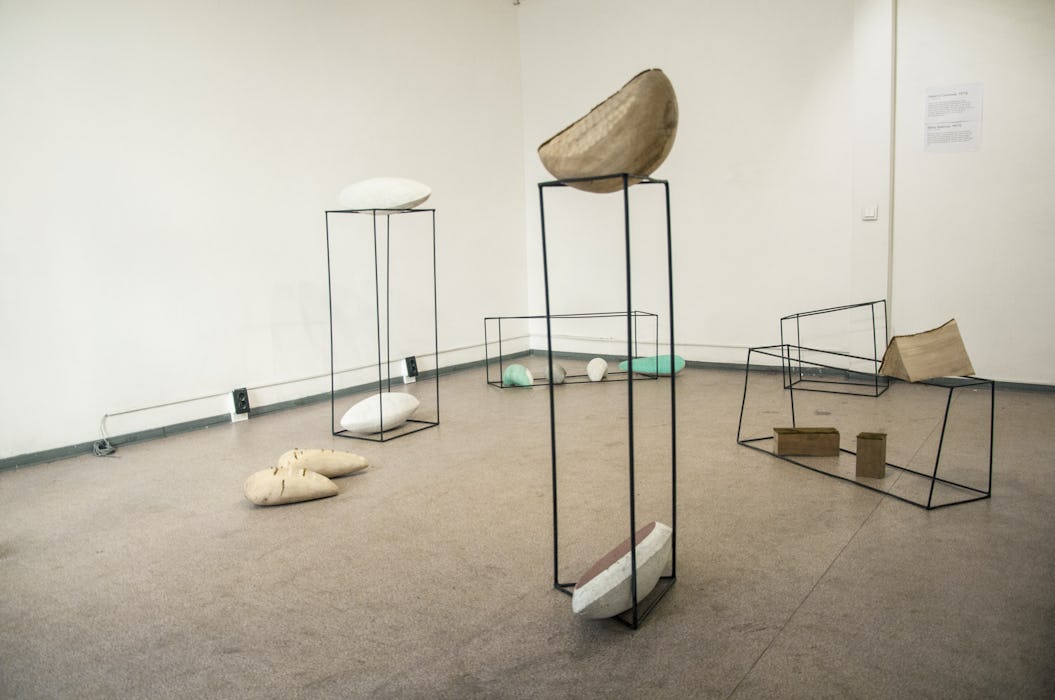
Q. How do we understand the complicated relationships between humans and their pets?

Q. What visual codes can be deployed create an artist's identity?